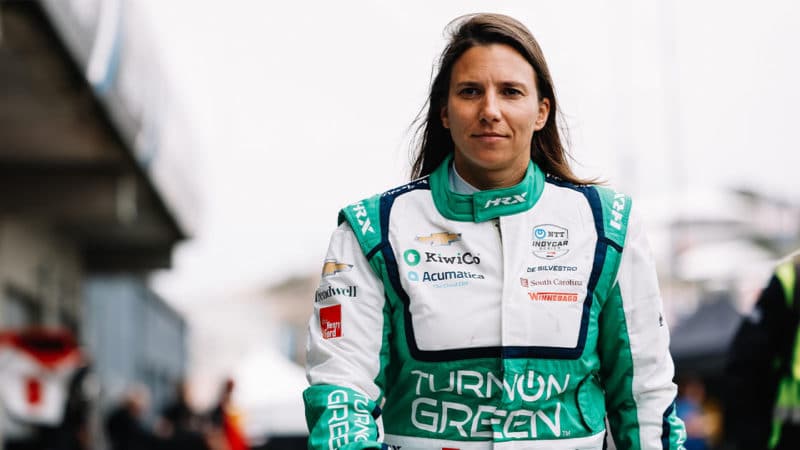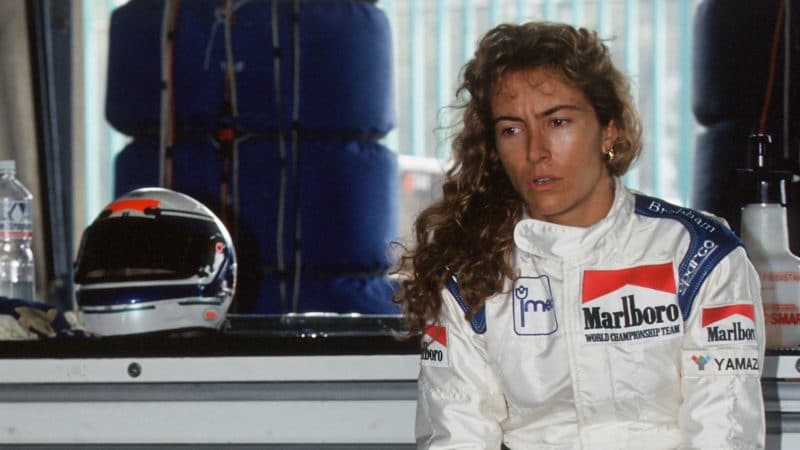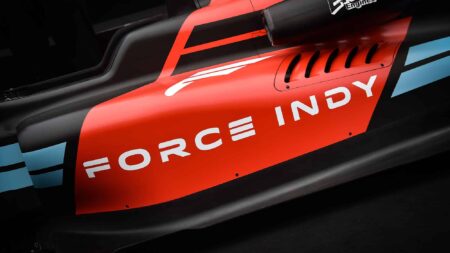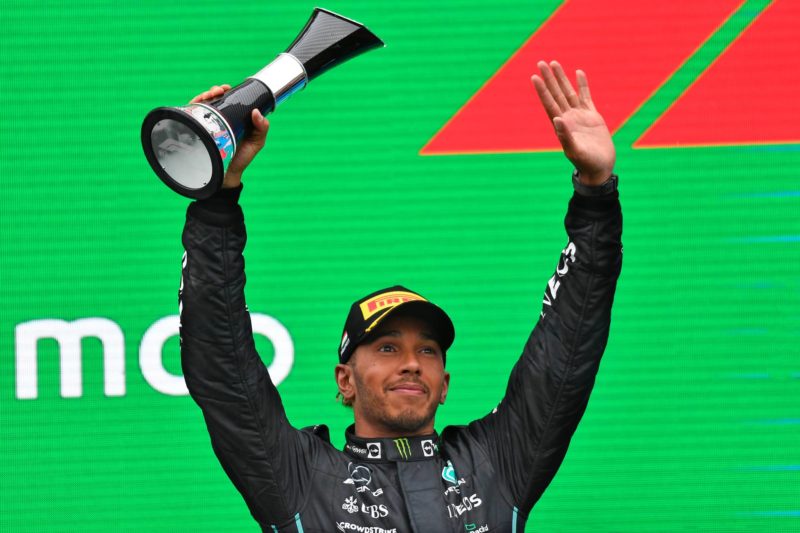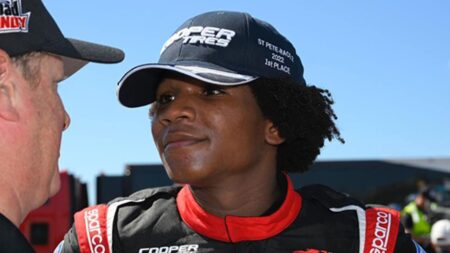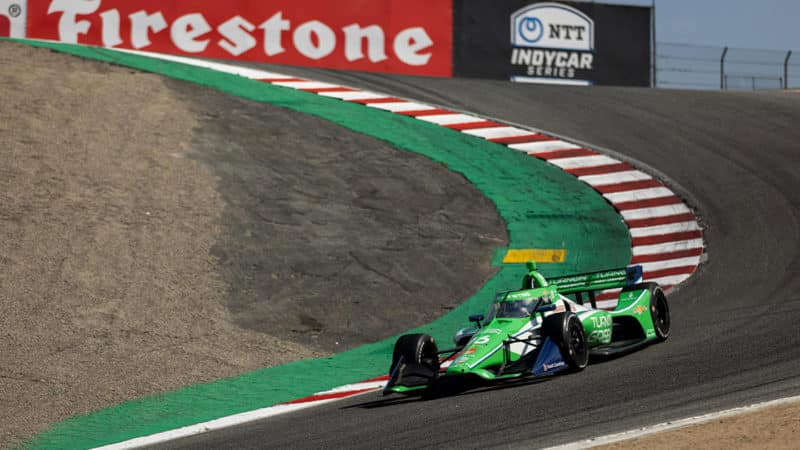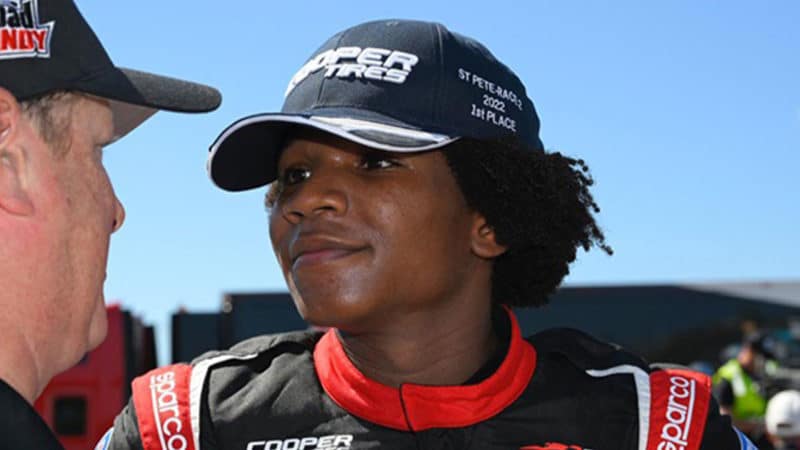Each have feeder teams for either women or people of ethnic minorities in their top series and the question that F1 should be asking itself is, ‘Why don’t we?’
Funding a team where driver and crew roles are largely reserved for under-represented groups is the obvious answer to racing’s major diversity barriers: the lack of role models and the budget required to reach the top.
It would be a huge undertaking, but what is F1 if not ambitious?
Bringing back customer cars, paid for by a diversity fund — with a significant contribution from commercial rights owners’ Liberty — would provide a route in for those less represented in the sport.
Lower-ranking teams could be given the opportunity to supply and run the cars, with the benefit of being able to gather additional data to offset the logistics of running four cars.

WEC has already seen all-female teams with Richard Mille and Iron Dames
Xavi Bonilla / DPPI
From a purely commercial perspective, if Liberty’s goal is to continue growing its fanbase across the world, can it really afford a grid without a single female driver or risk one that’s made up entirely of white drivers?
If the idea of setting a customer feeder team is too much for the head honchos to stomach, then why not an F2 or F3 outfit?
